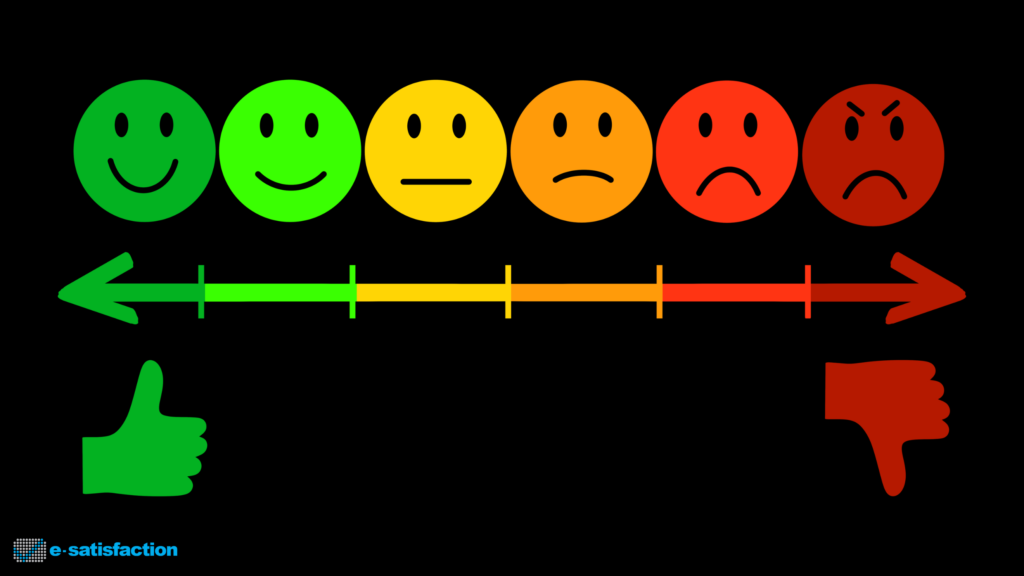Understanding the Likert Scale: A Powerful Tool for Satisfaction Surveys

When it comes to measuring attitudes, opinions, and satisfaction levels, researchers often turn to a versatile and widely used tool—the Likert scale. Named after its creator, Rensis Likert, this scale has become a staple in survey research for its simplicity and effectiveness. In this blog post, we’ll delve into what the Likert scale is and explore the benefits of using it in satisfaction surveys.
What is the Likert Scale?
The Likert scale is a psychometric scale designed to gauge individuals’ attitudes and opinions towards a particular statement or set of statements. It typically consists of a series of items or questions, each accompanied by a range of response options. Respondents are asked to express their level of agreement or disagreement with the provided statements.
The Likert scale involves 5 or 10 response options; some researchers opt for the more nuanced approach by expanding the scale to include 10 response options, which allows for finer distinctions in respondents’ opinions, offering a more detailed picture of their attitudes.
Benefits of Using the Likert Scale in Satisfaction Surveys
1. Quantifiable Data:
The Likert scale provides a structured and quantifiable way to collect data on respondents’ opinions. The numerical values assigned to each response option allow researchers to analyze and interpret the results with statistical methods, making it easier to identify trends and patterns.
2. Ease of Administration:
The Likert scale is straightforward and easy for respondents to understand, reducing the likelihood of confusion and ensuring a higher response rate. Its simplicity makes it accessible across diverse demographics, making it an ideal choice for a wide range of satisfaction surveys.
3. Versatility:
Whether you are measuring customer satisfaction, employee engagement, or any other subjective experience, the Likert scale can be adapted to suit various contexts. Researchers can customize the scale’s wording and response options to address specific aspects of satisfaction relevant to their study. The 10-point scale, in particular, allows for more nuanced distinctions in respondents’ opinions.
4. Comparative Analysis:
Both the 5-point and 10-point Likert scales enable researchers to conduct comparative analyses, comparing satisfaction levels across different groups, time periods, or other relevant variables. The expanded scale’s additional response options offer a higher level of detail in assessing differences in opinion.
5. Statistical Validity:
Regardless of the number of response options, the Likert scale is well-established in the field of psychometrics, and its statistical properties are widely recognized. Researchers can employ various statistical tests to assess the reliability and validity of survey results, providing a solid foundation for drawing meaningful conclusions.
In conclusion, the Likert scale, whether employing 5 or 10 response options, stands as a reliable and widely adopted tool for measuring satisfaction in surveys. Its simplicity, quantifiability, and versatility make it an invaluable asset for researchers seeking to gain valuable insights into the attitudes and opinions of their target audience. Whether you choose the traditional five-point scale or opt for the extended 10-point version for more nuanced responses, the Likert scale remains a tried-and-true method for capturing the nuanced landscape of subjective experiences.